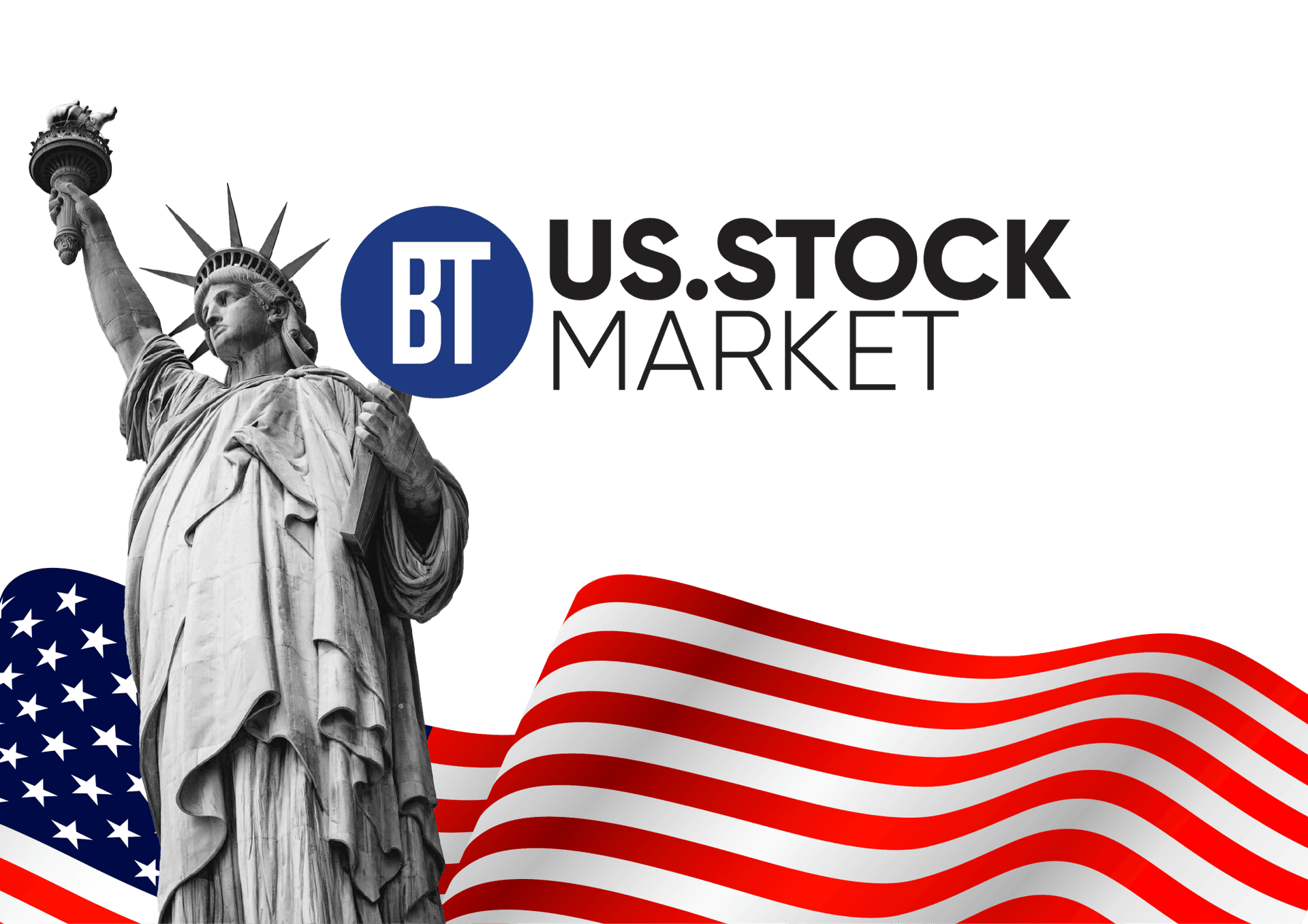U.S. Consumer Confidence Falls Sharply, Expectations Hit Ten Month Low
U.S. consumer confidence plunged in November, the Conference Board reports, with the headline index tumbling to 88.7 from 95.5 in October. The decline reflects waning optimism about the economic outlook and rising mentions of prices, trade and politics, a development that could weigh on holiday spending and growth in early 2026.

Consumer confidence in the United States sagged sharply in November, the Conference Board said on Tuesday, as Americans registered a much darker view of the months ahead. The headline index fell to 88.7 from a revised 95.5 in October, a drop of 6.8 points that was substantially larger than economists had expected. A Reuters poll had forecast a fall to roughly 93.4, producing a negative surprise of about 4.7 points.
Drivers of the decline are rooted in a fraying outlook rather than a dramatic deterioration in current conditions. The Present Situation Index fell to 126.9, a level that still signals that many consumers view their immediate circumstances as adequate. By contrast the Expectations Index plunged to 63.2. That index has been below 80 for ten consecutive months, a persistent stretch of subdued forward looking sentiment that points to growing caution about jobs, incomes and the pace of economic activity.
The Conference Board said consumers’ write in responses emphasized prices and inflation, tariffs and trade and politics, with increased mentions of the recent federal government shutdown. The preliminary results cutoff for the survey was November 18, 2025, meaning the snapshot captures sentiment through mid month developments.
From a statistical perspective the move is notable. A 6.8 point monthly decline in the headline index is one of the larger single month shifts in recent cycles and underscores the volatility that can attend consumer mood around political and policy noise. The widening gap between a still elevated Present Situation reading and a deeply depressed Expectations reading is a classic signal that spending could slow. Consumers who judge current conditions tolerable but worry about the future often trim discretionary purchases, a behavioral change that can translate quickly into weaker retail receipts.

Market implications are immediate and material. Consumer spending accounts for roughly two thirds of U.S. gross domestic product, so a sustained pullback in confidence can subtract from growth in the final quarter and beyond. Weaker demand would likely ease domestic inflationary pressures, complicating the Federal Reserve’s task as it weighs whether to keep policy restrictive or pivot. Financial markets typically react to such data by repricing the outlook for growth and interest rates, lifting safe haven assets and pressuring cyclical sectors tied to consumption.
Policymakers will watch incoming retail sales data and labor market reports closely for confirmation that sentiment is translating into behavior. Longer term, the ten month run of low expectations suggests a structural dampening of household optimism that could slow the normalization of consumption after the pandemic era. For now the November reading raises the risk that the holiday season will fail to deliver the boost to growth many had expected, tightening the range of outcomes for the U.S. economy as it heads into 2026.


